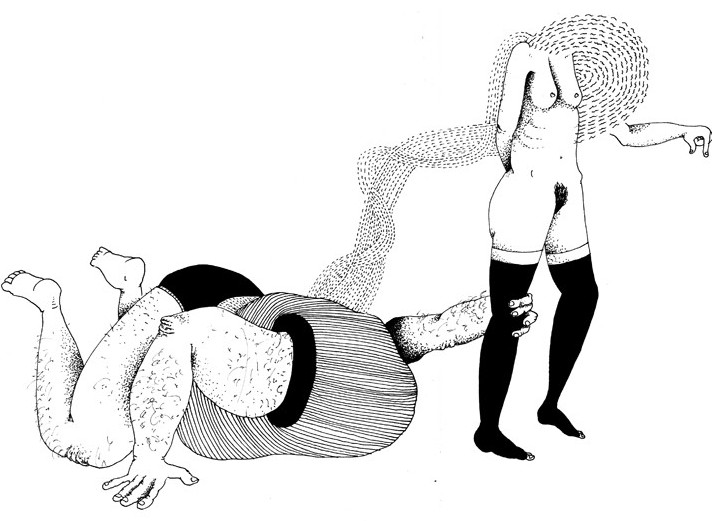One of the things I find most fascinating about the interstellar realm is how much its nature can mirror a single living organism on Earth. For one could maintain that galaxies qualify, even in a biologist terms, as living things.
Galaxies are born, and move and grow, and eat, and excrete, and reproduce, and attain a level of homeostasis, evolve, and inevitably die.
So why don't we see galaxies in our biology books? Just because they are not made of organic cells?
Some definitions of life include viruses and they are acellular. Plus, viruses don't metabolize either. Perhaps then, someday, we will see galaxies in 10th grade biology textbooks.
We are Not Alone
Nevertheless, doesn't this reclassification of taxonomy have the potential to drastically alter our self-perceptions as individuals as well as a species?
Don't we become the ants and the galaxies the humans when we examine the cosmos in this fashion?
And furthermore, don't we answer one of the most insatiable and fundamental questions to ever exist: Are we alone?
For if we consider galaxies to be living things, then not only are we sure we're not alone anymore, but we know that we actually live within, on, and amongst billions of other living things.
Cosmic Cannibals
Some evidence toward this theory is that galaxies eat.
Did you know that our cosmic crib, the Milky Way, is eating another galaxy as we speak, churning up its stars and dust and gases, making itself full with delicious space objects and accessing the energy within them, as say, me with pizza?
If you really think about it, this means we live amidst, or more accurately, inside the belly of a cannibal. In fact, the final frontier is really just a cannibal's firepit.
Top of the Food Chain?
That said, where on the cosmic food chain are we exactly?
According to ScienceDaily.com, "it looks as if our Milky Way will be subsumed into its giant neighbour, the Andromeda galaxy, resulting in an elliptical galaxy, dubbed 'Milkomeda,' the new home for the Earth, the Sun and the rest of the Solar System in about two billion years time. The two galaxies are currently rushing towards each other at approximately 500,000 kilometres per hour."1
Therefore, interestingly, when viewing galaxies as living systems, not only are humans removed from the top of the biological food chain, but so is the galaxy in which we reside.
Note: I understand that this post is a stretch and may anger biologists as well as astrophysicists, but as a curious person I found this supposition way too interesting and metaphorically rich to not at least purpose in non-technical terms to whoever may stumble upon my blog.
.jpg)
.jpg)
.jpg)


.jpg)